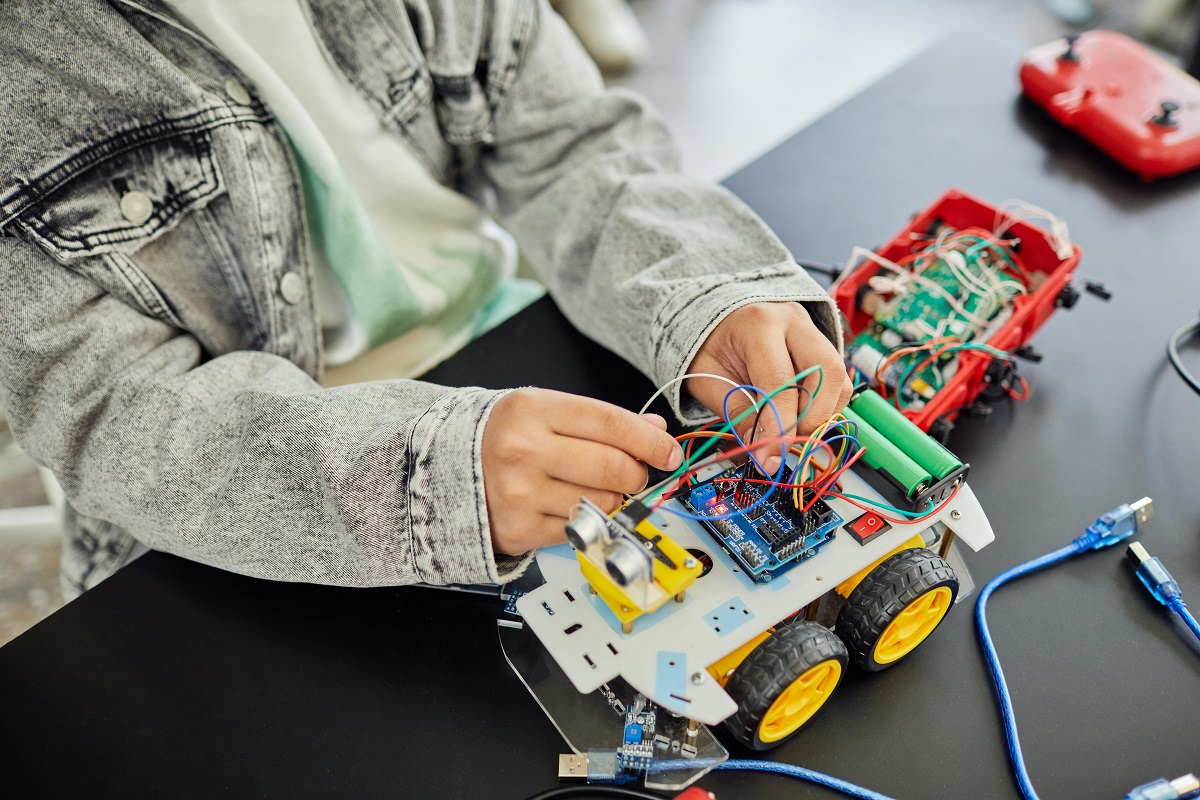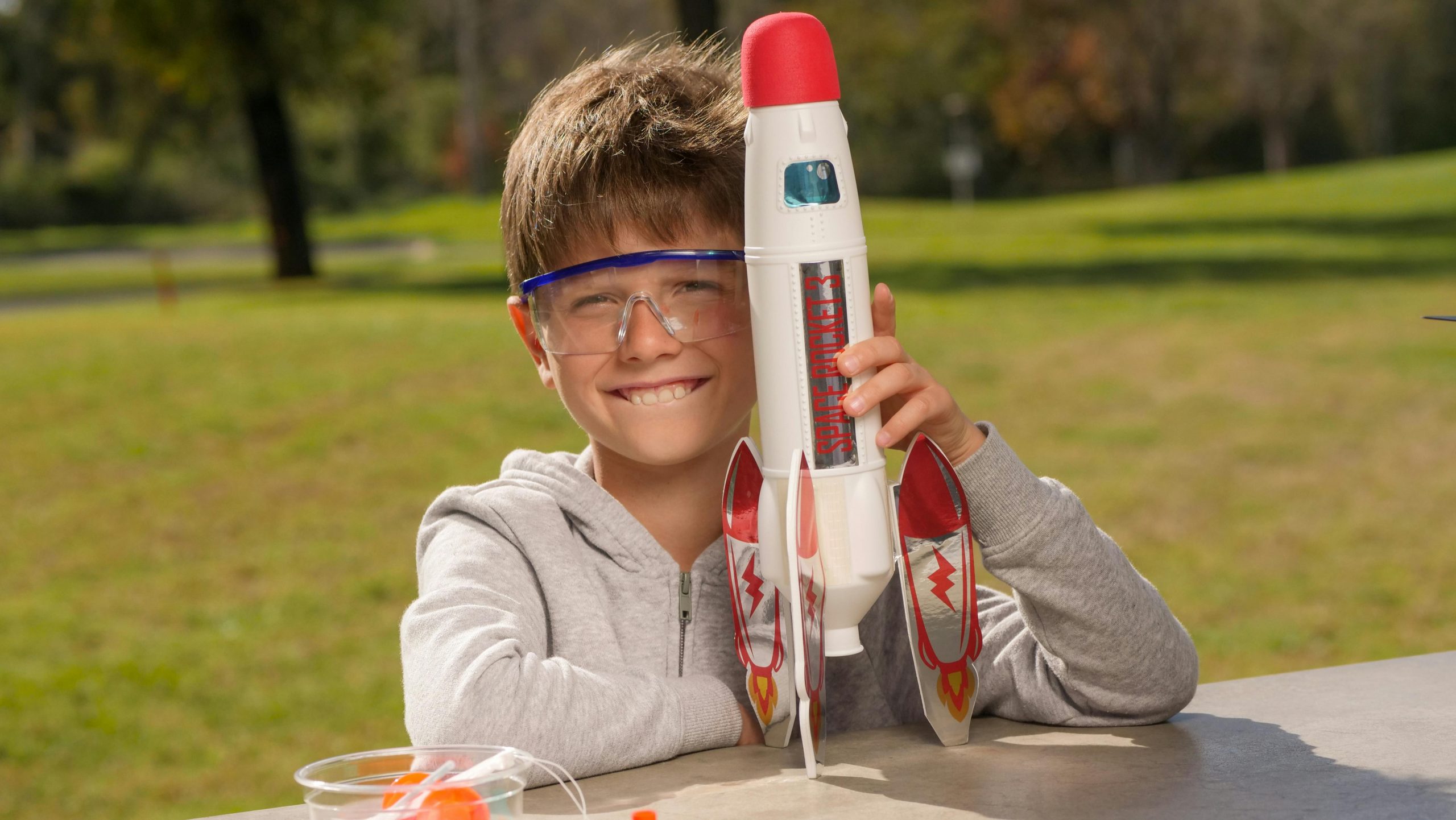Spark Your Child’s Curiosity with STEM Activities for Kids That Align with School Subjects
Parents and teachers alike are always on the lookout for ways to make learning fun, meaningful, and relevant. That’s where STEM activities for kids come in. These hands-on, creative projects do more than just entertain—they reinforce core school subjects like science, math, reading, and even writing.
In this article, we’ll explore how STEM (Science, Technology, Engineering, and Math) activities can connect with what your child is already learning in school. Whether you’re a parent looking for after-school enrichment or a teacher planning a lesson, these ideas blend classroom concepts with real-world application.
Why Align STEM Activities With School Subjects?
STEM isn’t just a trend—it’s a practical approach to teaching critical thinking and problem-solving. But when STEM projects directly support school subjects, they can:
- Deepen understanding of academic topics
- Make abstract ideas easier to grasp
- Build confidence in applying knowledge
- Help students see the “why” behind what they learn
Instead of treating STEM as a separate learning track, integrating it into schoolwork makes learning more cohesive and memorable.
What School Subjects Work Well With STEM?
Surprisingly, STEM can align with just about every subject—yes, even language arts. Here’s how:
Science
This one’s a natural fit. STEM activities often involve experiments and investigations that mirror the scientific method.
Math
From measuring and graphing to solving equations and analyzing data, math is embedded in many STEM tasks.
Reading and Writing
STEM activities can reinforce reading comprehension and writing skills through instructions, reporting results, or journaling observations.
Social Studies
Although not a STEM subject by definition, history and geography can be included by designing projects that explore technology timelines or environmental issues.
Science + STEM: How Can Kids Explore Scientific Concepts?

If your child is studying life cycles, ecosystems, or states of matter at school, STEM activities can bring those lessons to life.
Ideas to Try:
- Build a terrarium to study plant growth and water cycles.
- Create a water filtration system using household items like coffee filters, sand, and gravel.
- Make a volcano using baking soda and vinegar to observe chemical reactions.
- Grow crystals to understand how solids form from liquids.
Each activity reinforces classroom content while encouraging observation, prediction, and experimentation.
How Can STEM Make Math More Fun?
Math can feel intimidating to many kids, but STEM gives it purpose. When math becomes part of a project or challenge, it often clicks in a whole new way.
Try These Math-Integrated STEM Activities:
- Design a paper bridge and test how much weight it holds—measure and graph results.
- Build geometric structures using toothpicks and marshmallows to explore shapes and stability.
- Code a simple program using free apps like Scratch, which involves logic and sequencing.
- Make a recipe with conversions—double or halve ingredients to practice fractions.
These projects take math off the page and put it in your child’s hands, helping them connect numbers to outcomes.
Can Reading and Writing Be Part of STEM?
Absolutely. STEM activities often require reading instructions, conducting research, and writing up results—skills taught in English Language Arts classes. In fact, this is where the STEM vs STEAM conversation becomes especially relevant. Adding art and language elements to STEM projects helps broaden the learning experience and makes it more inclusive, especially for kids who enjoy storytelling, communication, or design.
Language-Rich STEM Projects:
- STEM story challenge: Kids invent and build a device that solves a character’s problem in a storybook.
- Write a lab report after an experiment, including hypothesis, methods, results, and conclusion.
- Create a how-to guide for building a DIY STEM project—perfect for practicing sequencing and clarity.
- STEM vocabulary scavenger hunt: Introduce and define STEM-related words during activities.
When kids communicate what they did and how they did it, they practice organizing their thoughts and expressing ideas clearly—skills that matter far beyond the classroom.
How About STEM Projects That Combine Multiple Subjects?

The best STEM activities are cross-disciplinary. That means kids use science, math, reading, and sometimes social studies all in one go.
Multisubject STEM Activity Ideas:
- Design a sustainable city:
- Science: Learn about energy sources
- Math: Budget costs for infrastructure
- Reading: Research renewable materials
- Writing: Present a proposal for city design
- Launch a mini weather station:
- Science: Track weather patterns
- Math: Chart temperatures over time
- Language: Report findings in a weather journal
These projects mirror real-world challenges and encourage kids to make connections across subjects—just like professionals do in the workplace.
Simple Tips for Parents and Teachers
You don’t need fancy equipment or a science lab to bring STEM to life. Most of these projects use items you already have at home or in a classroom.
Here’s how to get started:
- Follow your child’s current curriculum. Look at what they’re learning and choose STEM tasks that match the topic.
- Let kids lead. Ask open-ended questions and encourage them to come up with solutions.
- Make time for reflection. Have kids explain what they did and why it worked (or didn’t).
- Document the process. Photos, journals, and videos help kids track progress and think critically.
STEM activities don’t need to be perfect to be valuable—they just need to encourage thinking, tinkering, and curiosity.
Where Can You Find More STEM Activities for Kids?
If you’re looking for fresh ideas that support school learning, these resources are packed with inspiration:
- Teachers Pay Teachers – Great for curriculum-aligned, teacher-tested STEM activities.
- NASA Kids’ Club – Offers space-themed experiments and challenges.
- Science Buddies – Includes project ideas filtered by grade and subject.
- Code.org – Focuses on computer science and coding for kids of all ages.
- Pinterest and YouTube – Search by grade level or subject for endless DIY ideas.
In a Nutshell
STEM activities for kids aren’t just about building robots or mixing chemicals—they’re about making connections between what children learn in school and how it applies in real life. When math problems become bridge-building challenges or science lessons turn into garden experiments, kids retain more, ask better questions, and get excited about learning.
So the next time your child is stuck on a concept from school, don’t just explain it—build it, test it, or grow it. That’s STEM in action, and it might just make all the difference.
